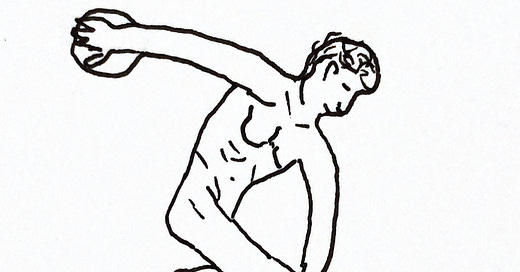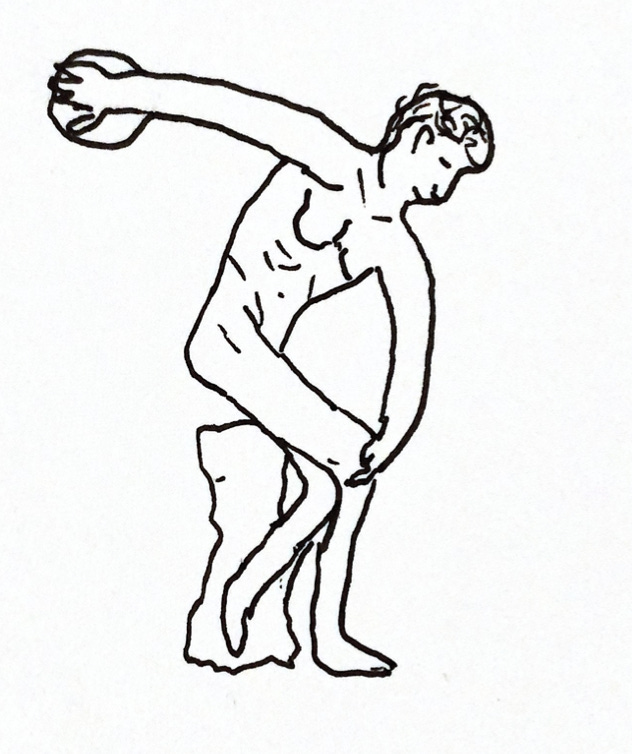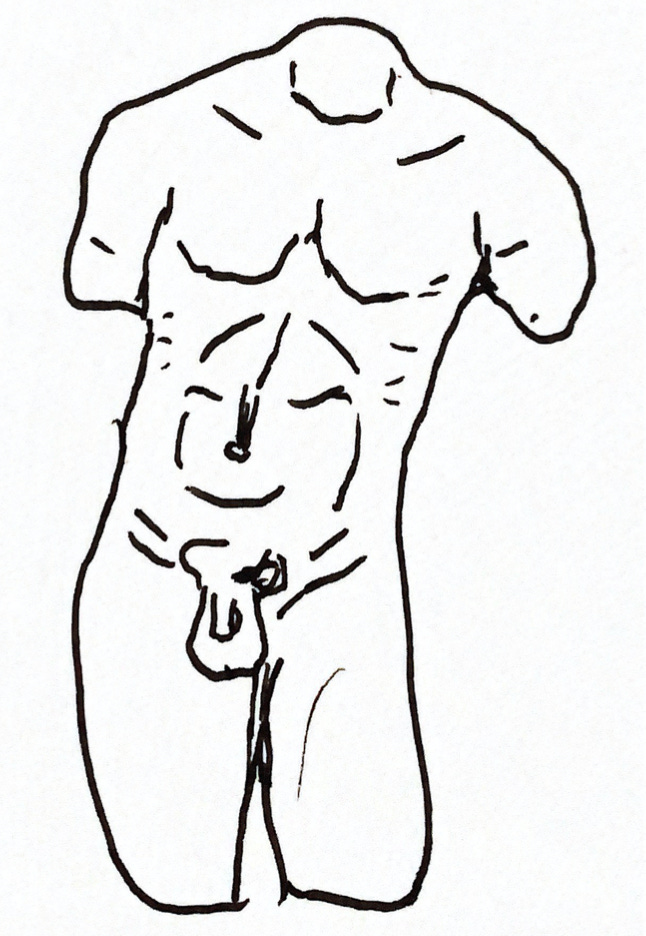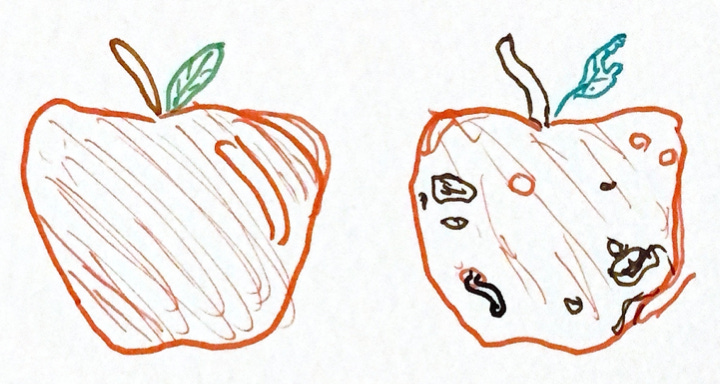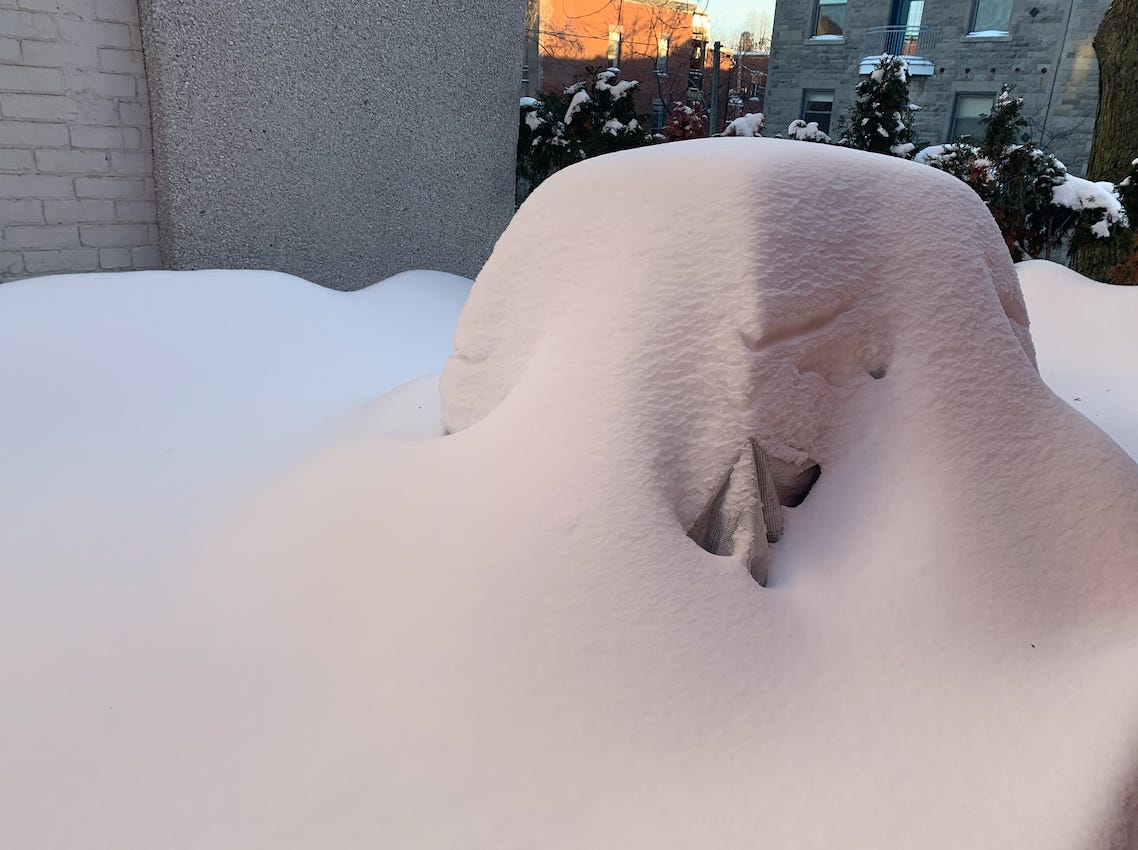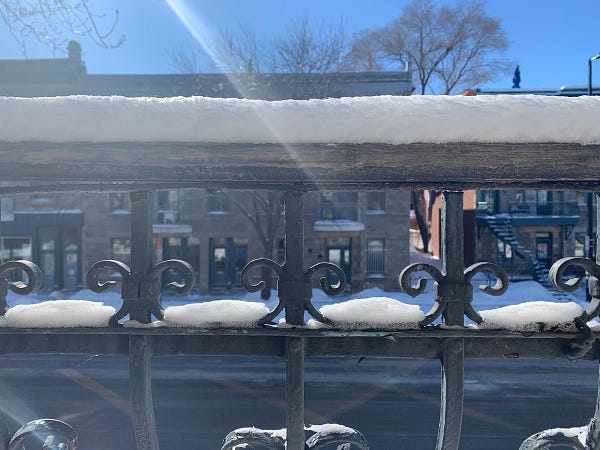Hi!
Welcome to the 14th issue of Light Gray Matters, the newsletter that infiltrates your inbox every Wednesday night (or, more likely, every Thursday), bringing in the most random topics.
This week’s random topic, as the most perspicacious among you will have inferred from the title, is beauty.
Why do we find things beautiful?
It’s a deep question. So deep that it has its own subfield of philosophy: aesthetics. But we’re going to safely ignore most of it and focus on a subsubfield of philosophy, evolutionary aesthetics, which I am pleased to discover exists and even has its own Wikipedia article.
Actually, we’re also going to ignore most of whatever serious academic research there is in the field. I’ll just think out loud about the evolutionary answers to the question of beauty.
I’ll be doing that, of course, because I’m always thinking about the evolutionary answers to everything. What can I do.
We humans have a psychology that allows us to experience the beauty of people, objects, places, and intangible things such as music and stories and emotions. From an evolution standpoint, that means it must somehow help with the two basic functions of living beings: reproduction and survival.
Let’s start with reproduction.
Sexual beings have an incentive to select mates with the best genes possible. We want healthy, fit, smart, caring, strong, and fertile mates. We only have a limited number of hints at our disposal to assess that, though. So we rely on physical appearance.
What makes a person attractive? What makes a person beautiful?1
Good skin. Good teeth. Nice hair. Muscles. Symmetry. We want people to lack any signs of disease, to have no malformations, to display the ability to self-care. We tend to like youth, too, since it correlates to fertility. Add to that a thousand cultural cues, depending on the standards of beauty in your society.
(it helps, also, to be the perfect marble image of an athlete, sculpted by a skilled artisan)
(now I’m just adding this one because I drew both and couldn’t decide which I liked more)
Of course, we’re not always looking for sexual mates. And some of us aren’t even attracted by people of the sex we can reproduce with. Yet everyone can recognize the beauty (or lack thereof) of other humans. It’s a side effect.
It’s also the easy part of the question. Beauty applies to a far more general set of things than people! But we’re not sexually attracted by a song, a flower, a building, or the night sky. It would be a stretch to say that after we evolved the capacity to look for healthy mates, we started applying it to literally everything in the universe.
Perhaps the survival side of natural selection has to be taken into account?
To survive, we need food. We need nutritious, healthy food. Ideally with no parasites. Parasites suck. So we find fruit beautiful. Colorful fruit, which indicates the presence good nutrients. Smooth, symmetric glistening fruit, with no disease or worms.
(which of these apples is the most beautiful? This is not a trick question)
Finding food, and other necessities of life, seems like it can explain part of the reason for beauty. Color, in particular. Being able to spot ripe fruit from the surrounding vegetation would have been a valuable skill for hunter-gatherers.
But again, beauty is more general than that.
Today, I was looking at my snow-covered patio, and found the thick white blanket particularly beautiful.
I wondered why. Snow is cold2. It’s unpleasant in many ways. It’s not useful for survival — quite the contrary.
I asked my personal search engine, i.e. my Twitter:
There were many interesting answers!
Some remarked that snow is calming, therapeutic even. Perhaps we find beautiful the things that allow us to manage stress. A dense forest, muting the noise. The regular sound of crashing waves. An orderly and quiet library.
Other pointed out that snow represents change. It is something special, unusual, rare (depending on your area and the time of the year, obvs). I think we do find special, unusual, rare things more beautiful on average. It is natural to be attracted by novelty.
(And indeed, when there are snowfalls in late March and April and even sometimes May, I tend not to be particularly enthused.)
Another reason people mentioned is the associations we make with snow. Snow is associated with Christmas, the holidays, hot chocolate, coziness, and many other pleasant circumstances. I totally buy that — it’s common to find beauty due to acquiring a taste for something (e.g. when a work of art “grows on you”).
Some people also mentioned the highly patterned structure of snowflakes. I disagree that this explains the beauty of snow in general, since we very rarely see snowflakes in detail. But it is a good pretext to mention how beauty often comes hand in hand with high order.
(snowflakes are, uh, more difficult to draw than it appears)
I don’t think there’s a single good answer. Perhaps the best way to sum it up is that snow is attractive because it is — for a variety of reasons, and despite its unpleasant qualities — noticeable. In fact, maybe that’s what beauty is: the feeling of being drawn to the unusual, the rare, the remarkable.
In a forest where everything is green, beauty is in the colorful flowers and fruit.
In a grassy savanna, beauty is there the gazelle is running, or where the lion is resting.
In a world where everything is the same, beauty is in defying the conventions.
In a world where everything is different, beauty is found in uniformity.
In a chaotic world, beauty is found in strict order.
In an orderly world, beauty is found in joyous chaos.
This quote from a Wired article writes it better than I could ever hope (emphasis mine):
Here's my (extremely speculative) theory: Beauty is a particularly potent and intense form of curiosity. It's a learning signal urging us to keep on paying attention, an emotional reminder that there's something here worth figuring out. Art hijacks this ancient instinct: If we're looking at a Rothko, that twinge of beauty in the mOFC is telling us that this painting isn't just a blob of color; if we're listening to a Beethoven symphony, the feeling of beauty keeps us fixated on the notes, trying to find the underlying pattern; if we're reading a poem, a particularly beautiful line slows down our reading, so that we might pause and figure out what the line actually means. Put another way, beauty is a motivational force that helps modulate conscious awareness. The problem beauty solves is the problem of trying to figure out which sensations are worth making sense of and which ones can be easily ignored.
As I conclude this (dare I say beautiful) exploration of a fascinating question, I remain
Aesthetically yours,
Étienne
On Twitter: Why I care about cultural diversity
Today isn’t my first time talking about beauty this week, since it came up in a thread I wrote about linguistic and cultural diversity (which is also, of course, self-promotion for my Interintellect Salon on Friday). Here it is!

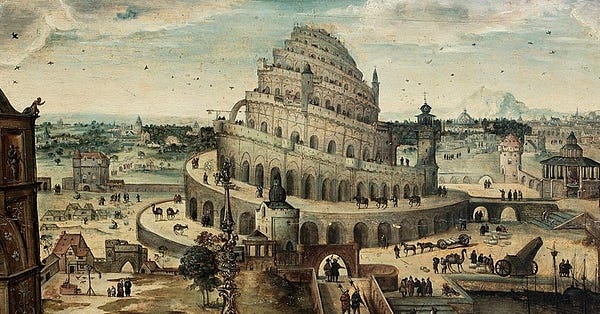
Did you enjoy today’s random topic! Make sure the random topic gets to your inbox next week! Subscribe! Spread the random topics to all the other inboxes!
Hey I can write footnotes in Substack apparently? Wonderful! I’ve never noticed this feature before. Must be new. Anyway. This is just to say that I’ve been thinking about the difference between “beautiful” and “attractive” and couldn’t really think of anything meaningful. I think attractiveness is more general than beauty, but for the purposes of this newsletter, the terms are used interchangeably.
Citation needed


